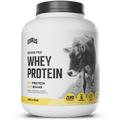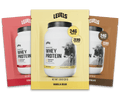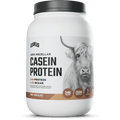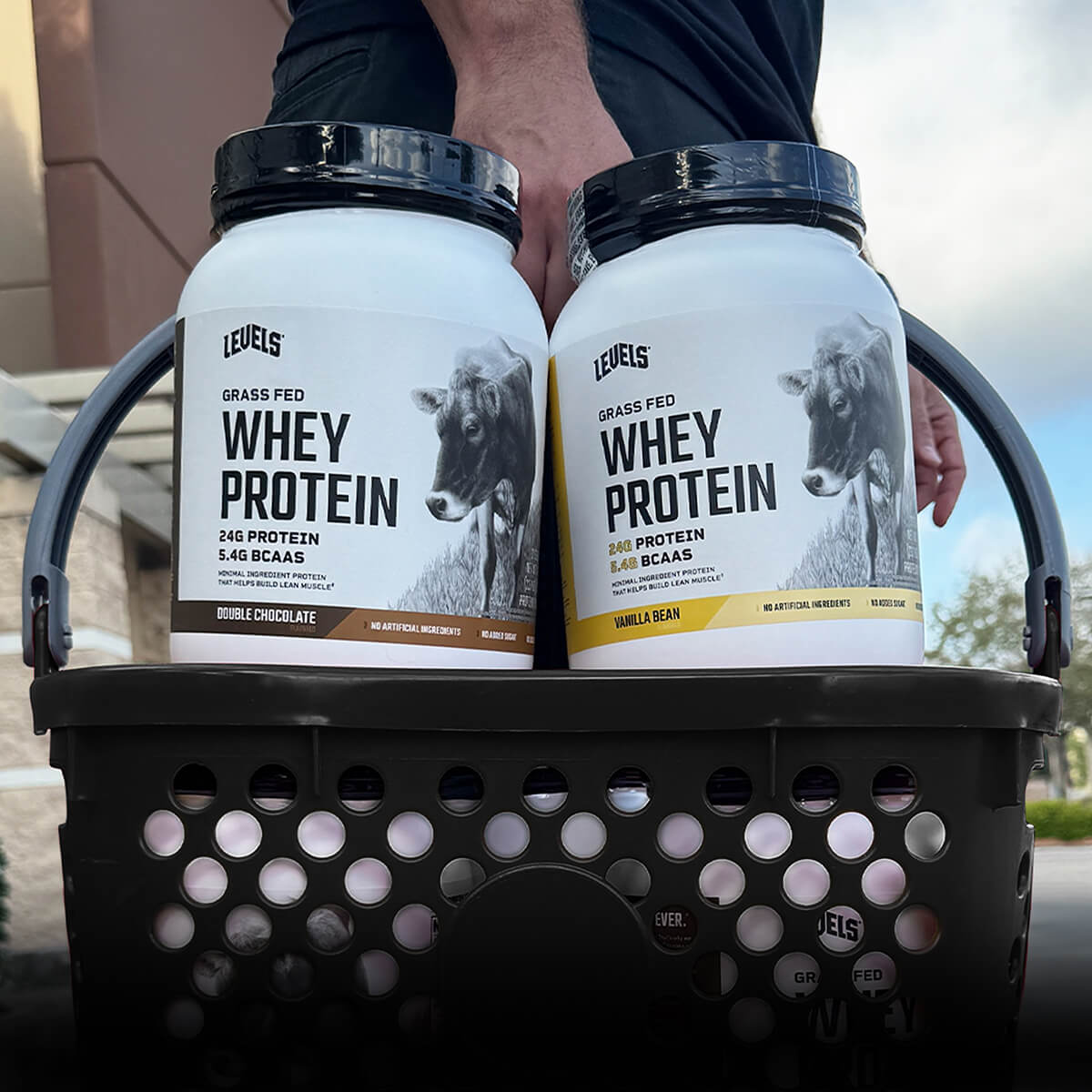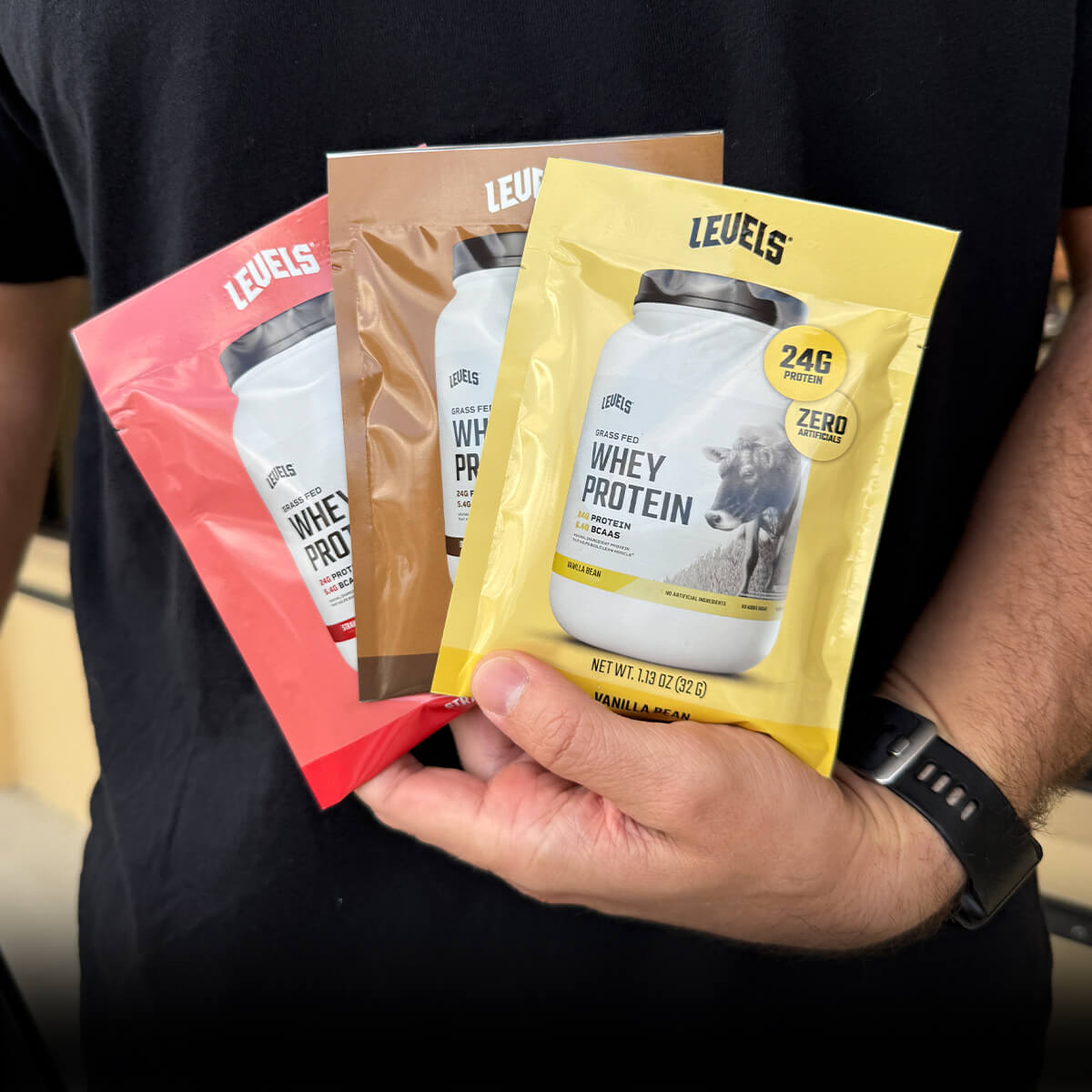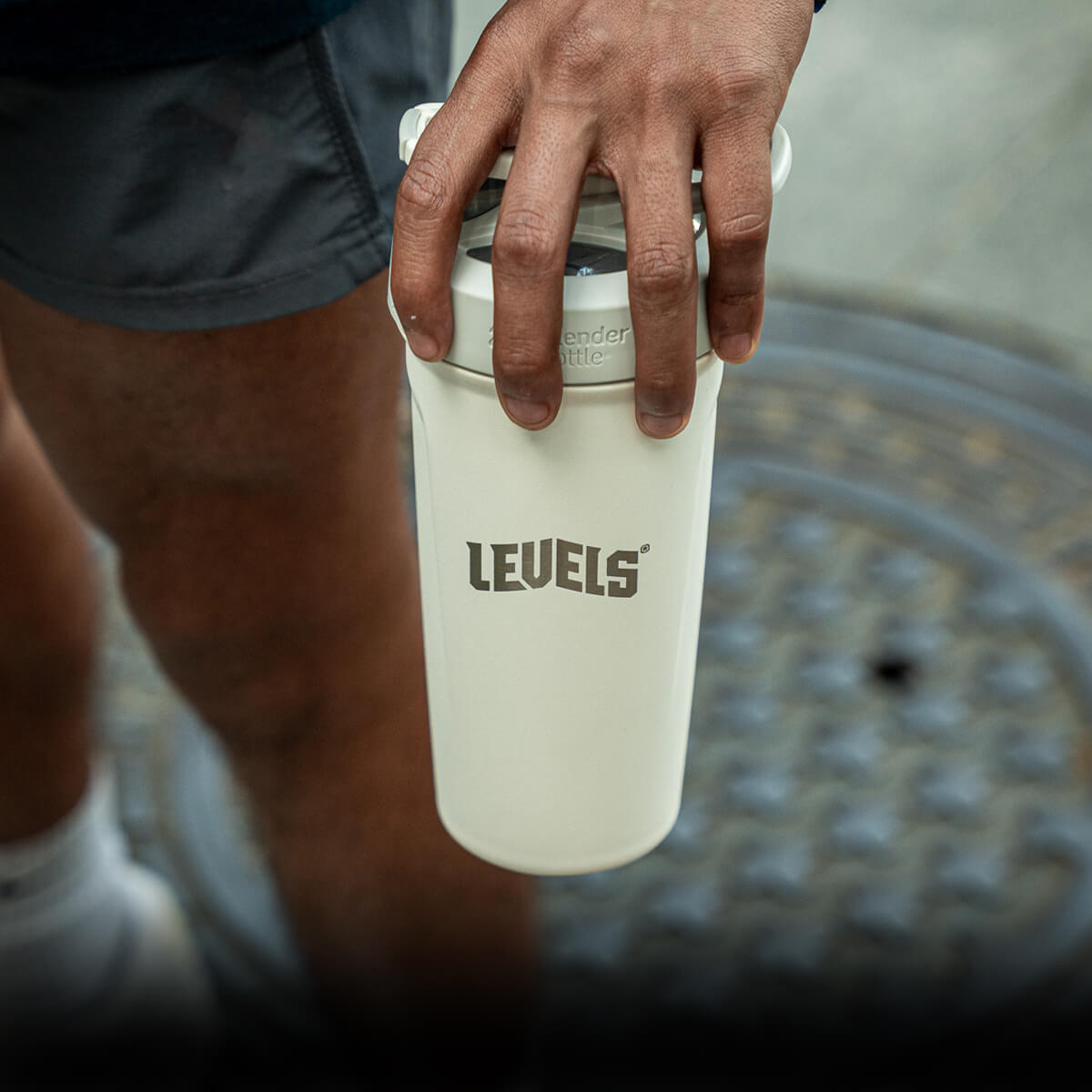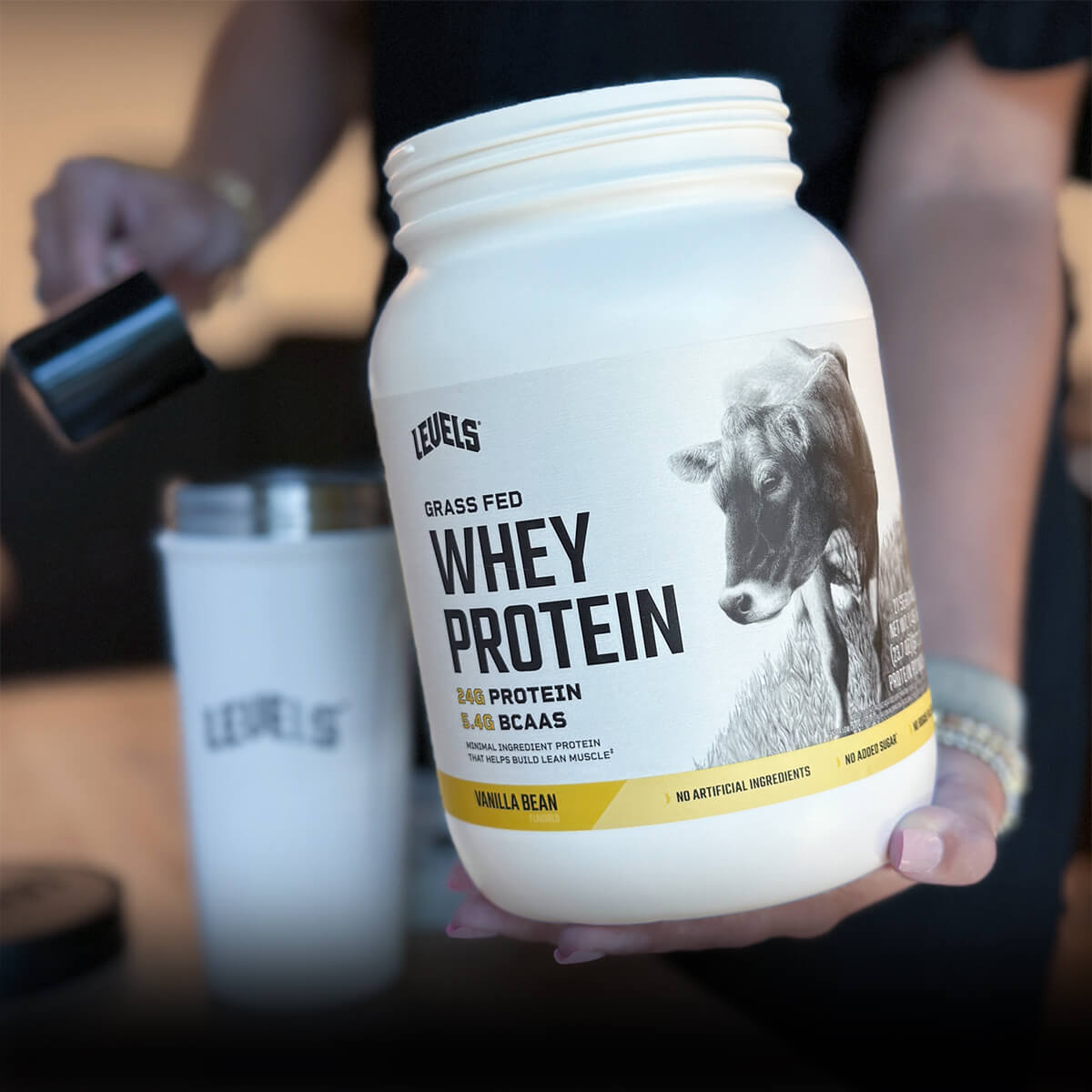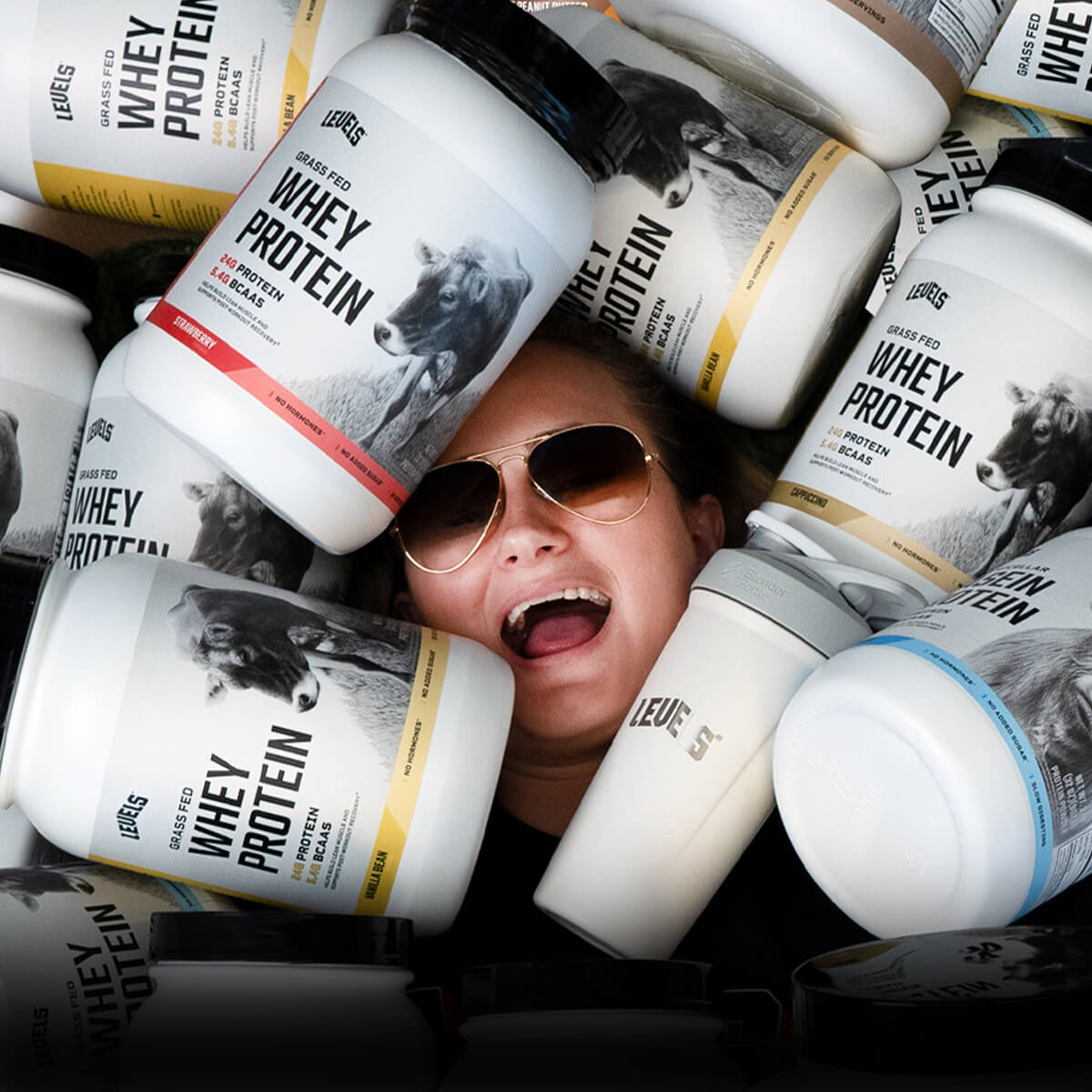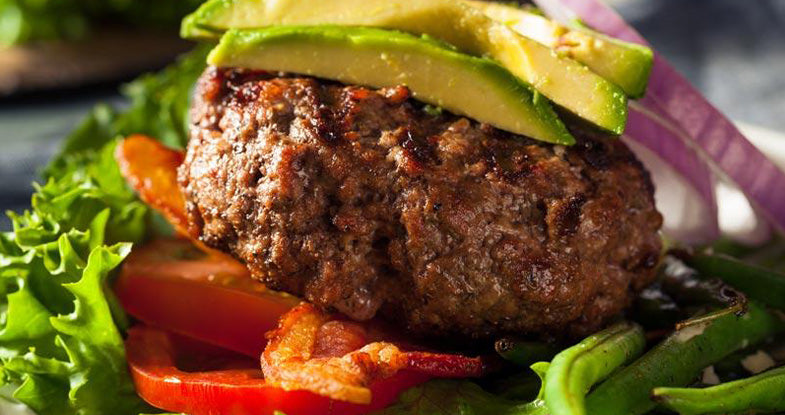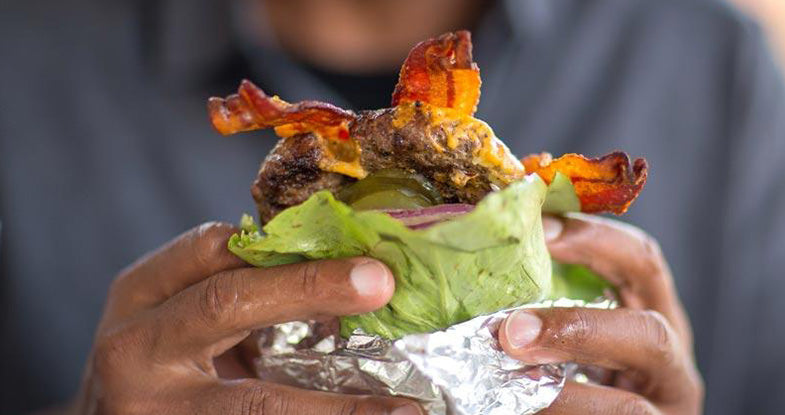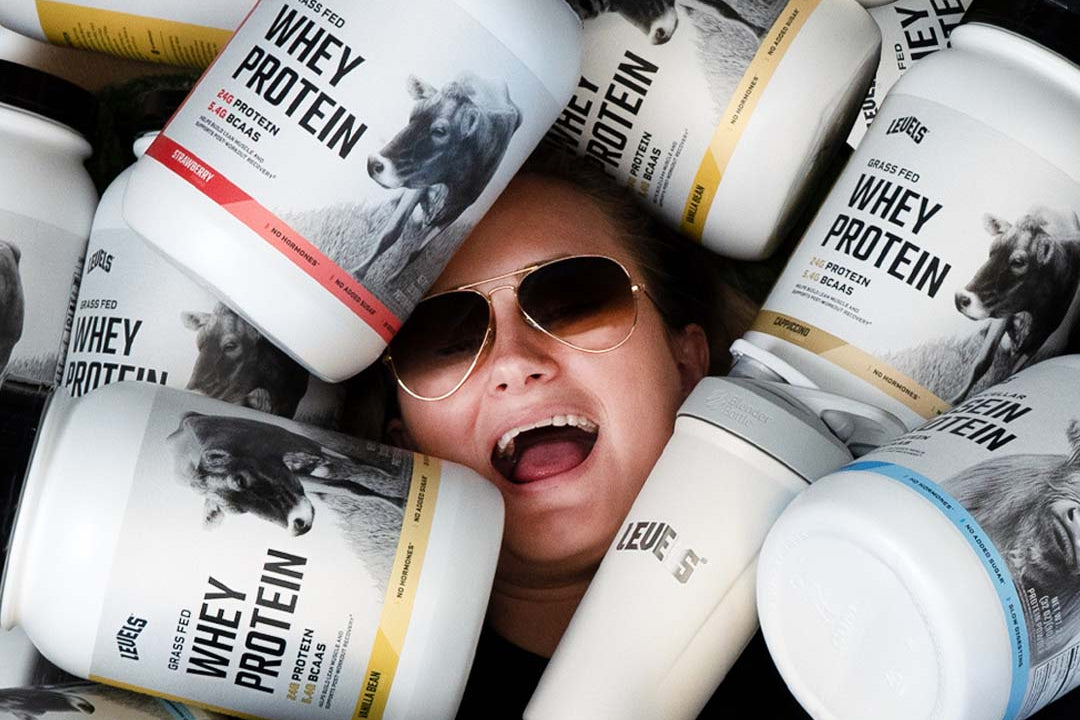Bodybuilding is equal parts science and art.
Bulking. Cutting. Stringer tank tops. Spray tans.
Okay, maybe there are some other elements in there, too. But no one works as hard as bodybuilders to build muscle and lose fat.
Their preferred method of getting shredded? The cutting diet.
Cutting diets break the rules of fat loss for normal people. That’s why they’re faster, more effective, and riskier.
Whether or not you’re preparing to step on stage, there’s a lot you can learn from the time-honored technique of cutting.
In this guide, you’ll learn whether you should even consider a cutting diet, and if so, 8 tips you can follow to lose fat and preserve muscle on a compressed schedule, plus a sample bodybuilding cutting diet plan.
What Is a Cutting Diet?
A cutting diet is all about cutting weight, cutting calories, and overall “getting cut” — bringing out vascularity and muscular definition.

Here’s what sets a bodybuilding cutting diet apart from most fat loss diets:
- Limited time-frame. The longest cutting diets are around 24 weeks, and the shortest as little as 4 weeks long. The most common length is around 12-16 weeks.
- No room for cheating. Cutting diets require strict compliance. On a tight schedule, an unplanned cheat meal or cheat day can wreak havoc on your results.
- Rapid results. A standard definition for a healthy rate of weight loss is “gradually and steadily,” or around 1-2 pounds per week[*]. But following a cutting diet may result in double the healthy rate of weight loss, or more, some weeks.
The incredible results are what attract many non-bodybuilders to follow cutting diets.
Who doesn’t want the fastest possible fat loss?
Here’s the catch. The stakes are high, and if you don’t do it correctly, you could crash your metabolism, lose lean muscle mass, or experience rebound weight gain.
Next, you’ll learn more about why following a cutting diet plan isn’t for everyone.
Subscribe to get the latest advice, sales, discounts, product drops and more. Join now and get 15% off your first order.
Who Should Follow a Cutting Diet?
You don’t have to be a competitive bodybuilder to follow a cutting diet.
Maybe you enjoy building strength and muscle as a hobby, and now you’ve decided to lose a few pounds of fat for a better-defined physique.

Or you could have a photo shoot, beach trip, wedding, or high school reunion scheduled.
If you fit most of the following criteria, a cutting diet might work for you:
- You already live a health and fitness lifestyle. Cutting is a bad idea if you’re a total beginner, so don’t set yourself up for failure.
- You’re relatively lean already. Cutting can take you from “fairly lean” to “shredded.”
- You’ve got above-average levels of muscle mass. Cutting is all about showcasing your muscular physique. (If you don’t have much muscle yet, build it.)
But losing fat fast brings drawbacks, the biggest one being a greater risk of losing lean body mass[*].
In all honesty, most people who want to lose fat shouldn’t do it in a hurry.
Here are the telltale signs a cutting diet isn’t for you:
- If you recently added a lot of muscle. Wait a few months instead of cutting immediately, or lose fat gradually.
- If you’ve got more than 20 pounds of fat to lose. A cutting diet isn’t sustainable over long periods, so it’s not a good choice for long-term fat loss. Start slow if you’re looking to lose more weight.
- If you deal with mental or physical health issues. Cutting puts your mind and body under extra strain. It can also affect women’s fertility and menstruation.
If you’ve been living a health and fitness lifestyle for at least a year, and you have 20 pounds or less to lose, cutting is worth a try (but it’s certainly not mandatory).
Otherwise, use a more sustainable fat loss method first. Even bodybuilders with more than 20 pounds of fat to lose should start off slow.
You can consider a full-on cutting diet later in your fat loss journey.
In the meantime, there are still plenty of valuable lessons to learn from weight cutting diets, though.
How to Cut: 8 Tips to Lose Fat, Not Muscle
1. Plan Strategically
As you plan your cutting diet, your timeline and the amount of weight you intend to lose are the two main variables to consider.
Think carefully about how long you need, then allow 50% longer if possible.
Sure, rapid fat loss will occur on a cutting diet, but you don’t want to run out of time without hitting your goal.
Beyond that, you need to take a few hours to plan every aspect of your cutting approach, week-by-week, as well as prepare for the unexpected.
Gather your supplies. Get your head in the game. Visualize the results you want. Plan for things to go wrong, and how you’ll fix them.

Lastly, take steps to minimize your stress levels and any unnecessary obligations for the entire cutting phase, so you can focus to the greatest extent possible on cutting.
2. Track Your Results and Adjust
Cutting without tracking your results is madness.
Measuring your progress keeps you accountable, and equally importantly, allows you to identify problems and solve them quickly.
Weigh in once every 5-7 days. Pick a weigh-in schedule and stick to it — daily weigh-ins are a distraction and don’t give you useful information.
Also, each time you weigh in, measure your waist circumference and take some progress photos.
The progress photos should be done in consistent lighting, with an easy pose or no pose. Don’t do multiple takes or add filters.
You can also measure muscular areas, like shoulder circumference or thigh circumference, to track how your cutting diet affects your muscle mass.

Ideally, you’ll see your body weight and waist circumference decreasing each week, with less or no reduction in shoulder and thigh circumference.
If not, you’ll need to problem-solve: fewer calories, fewer carbs, or more cardio for a weight loss plateau.
More protein, more calories around weight training, and more focus on recovery if you’re losing muscle mass.
3. Dial Your Calories In
Your initial daily calorie intake while cutting should average to approximately a factor of 10 to 12, multiplied by your body weight in pounds.
Use a lower number for shorter cuts and a higher one for longer cuts.
For example, if you weigh 200 pounds and are cutting for 6 weeks, you’d multiply 200 x 10 = 2000 calories (kcal) per day on average as a starting point.
The best way to dial your calories, though, is on a weekly basis. Therefore, continuing the above example, you’d multiply 2000 x 7 = 14,000 calories (kcal) per week total.
As discussed in the previous section, you may need to adjust your calories downward if you hit a plateau. If that happens, adjust weekly calories downward by 10% at a time.
Dialing weekly calories also enables you to cycle your calories and carbs, as you’ll learn in the next section.
4. Cycle Your Calories and Carbs
Cycling calories and carbs isn’t a difficult concept, and it offers huge advantages over eating exactly the same diet every day.
When you eat the same number of calories daily on a cutting diet, your body is constantly in a mild catabolic state. That means muscle loss is likely.
Calorie cycling allows you to refeed, boost your metabolism, and feel less hungry.

Carb cycling allows you to fuel your muscles for workout performance and restrict carbs at other times to accelerate fat loss.
Both practices may help prevent the loss of muscle mass.
Here are the basic rules:
- Eat more calories on days you lift weights (and don’t lift every single day).
- Reduce calories on non-weight-training days to achieve a deeper caloric deficit, meaning more fat loss.
- Load up on carbs before training to fuel performance, then back off the carbs after you lift.
- Restrict carbs before cardio and on non-weight-training days to encourage fat adaptation and accelerate fat-burning at those times.
For more practical advice on cycling calories and carbs, plus the underlying science, check out this article on metabolic confusion.
5. Lift Weights the Right Way
You’re at a higher risk of losing muscle during an aggressive cut, which is why you need to take your weight training very seriously[*].
Preserving your muscle while cutting means lifting heavy, but with somewhat less volume and frequency than usual.
Train your muscle groups using proven exercises, but don’t go overboard on sets and reps. Excessive volume makes recovery difficult when you’re eating a caloric deficit.
Above all else, you need to continue getting stronger and increasing your performance in the gym. Loss of strength is a red flag that often occurs before the loss of lean mass.
6. Eat Enough Protein
How much protein when cutting, you ask?
Your body can absorb virtually unlimited amounts of protein, and high-protein diets enhance performance, recovery, muscle mass, and fat loss[*][*].
That’s why protein is every bodybuilder’s favorite macronutrient.
At Levels, we recommend you eat 1-2 grams of protein per pound of bodyweight on weight training days when cutting, and on days you don’t lift, consume 30-35% or more of your calories from protein.
Along with quantity, protein quality matters, too. Whey protein powder is the most thoroughly studied, highest-quality protein supplement[*]. Evidence suggests it supports fat loss and helps build lean muscle[*].
And don’t forget your protein shake after training.
7. Do Lots of Cardio
An hour a day of steady-state cardio is the long-time standard for bodybuilders following cutting diets.
But there’s actually no upper limit to how much cardio you can do while cutting.
Aerobic training increases fatty acid oxidation and allows you to create a greater caloric deficit without cutting calories further[*].

Therefore, bumping up your cardio volume is one solution to plateaus while cutting.
You can mix in high-intensity interval training (HIIT) too, but some research suggests it’s not actually much more time-efficient for burning fat, and it undoubtedly taxes your recovery more[*].
8. Experiment With Fasting
You won’t find very many bodybuilders doing 16/8 or other forms of intermittent fasting, during cutting phases or otherwise.
The reason is because fasting puts your body into a short-term catabolic state, and prolonged or frequent fasting may increase the risk of muscle loss[*]. Fasting may also reduce athletic performance[*].

But there’s another style of fasting that works better for cutting. Instead of fasting every day, you can fast a few days a week, on days you aren’t lifting weights.
Still, fasting doesn’t work for everyone.
If you notice your strength is tanking or you’re losing muscle mass, you should back off from fasting until you solve the problem.
Sample Bodybuilding Cutting Diet Plan
This 4-week bodybuilding cutting diet plan illustrates the principles we just covered.
For an individual who weighs 200 pounds, initial calories will average out to 2000 kcal per day, but will drop on a weekly basis.
This hypothetical bodybuilder will be lifting every other day though, so he’ll eat more calories on weight training days: starting with 2500 kcal on lifting days and 1500 kcal on non-lifting days.
Lifting day macros: 225-250 grams of protein (36-40% of calories), 45-55 grams of fat (16-20% of calories), 275 grams of carbs (44% of calories) loaded pre-workout only.
Non-lifting day macros: 35% of calories from protein, 65% of calories from fats, as close to zero carbs as possible.
He’ll do an hour of fasted cardio every single morning, with limited fast periods of 4-6 hours (counted from time of waking up) only on days he doesn’t lift.
Additionally, on non-lifting days, he’ll also do a 30- or 45-minute HIIT session in the afternoon (fed, not fasted).
With such a short, aggressive cut, he’ll be weighing in and taking photos and measurements every 5 days.
And if he loses strength in the gym due to the brutal nature of the cut, he’ll bump calories up on weight training days to 2750 or 3000 kcal, either keeping macros the same or adding more pre-workout carbs.
However, he’ll also cut non-lifting day calories further every week, no matter what:
- Week 1: 1500 kcal on non-lifting days
- Week 2: 1250 kcal on non-lifting days
- Week 3: 1000 kcal on non-lifting days
- Week 4: 500-750 kcal on non-lifting days
Finally, as a plateau-buster, he may consider adding in more steady-state cardio on non-lifting days.
What should you eat when cutting?
Food selection matters when cutting, but not as much as eating the correct calories and macronutrients.
Along with keeping your body healthier, eating “clean” foods that are less calorie-dense can help you feel full and combat hunger.

Build your cutting meal plan around the same foods you would use for clean bulking, taking the appropriate calories and macros into account.
Conclusion: Cutting Diet vs. Fat Loss Diet
While rapid fat loss may sound tempting, there are plenty of downsides to cutting for ordinary people.
You can still learn lessons from cutting diets, but unless you’re operating on a tight schedule, the smarter move may be to give yourself more time and take a less extreme weight loss approach.
